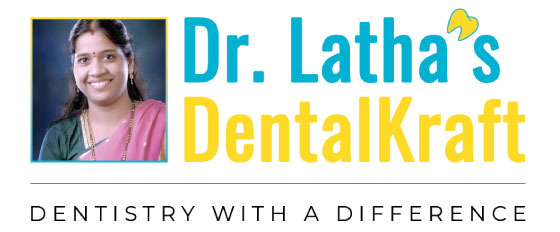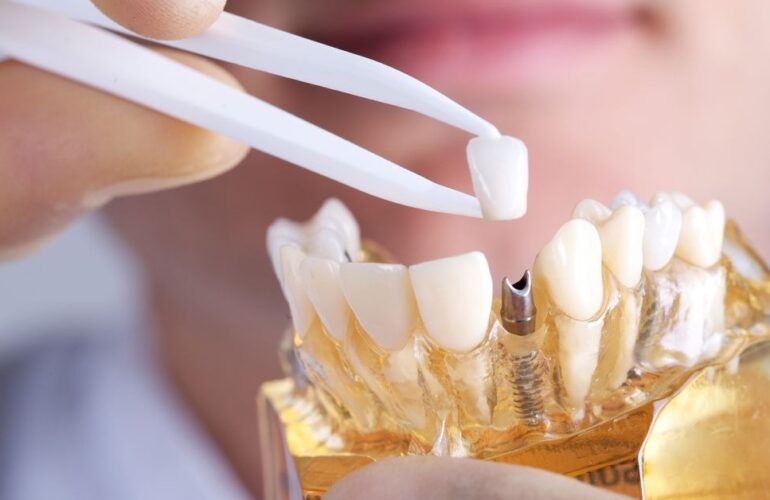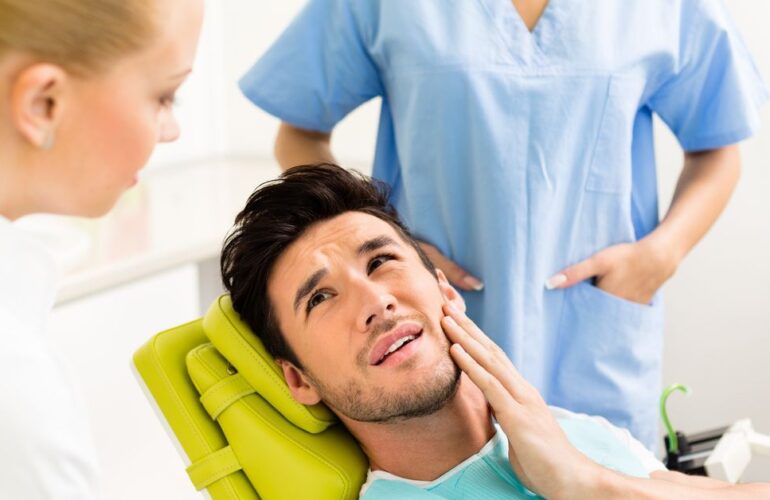Brushing Manual: An Insight on Techniques
Now we know what you might be thinking – “I have been brushing since time immemorial, why would I need a manual?” Well, chances are high that you are doing it wrong.
Choosing the right technique involves knowing what suits best to your teeth, as well as your lifestyle.
As you might very well know, brushing your teeth twice a day helps remove plaque and food debris and keep it fairly healthy.
Different brushing techniques carry their own advantages and disadvantages, some of them are listed below along with their pros and cons.
Horizontal Brushing
This technique is widely used around the world owing to its relative ease of use. The brush is placed on the teeth and moved horizontally. The prime advantage of this movement is that it is very simple and easy to perform. But this technique is known to cause cervical abrasion in your teeth in case you brush too hard or use a brush with hard bristles.
Bass Brushing
Widely recommended by dentists, the bass brushing movement offers many advantages for the user. Place your brush at a 45o angle, and place the bristles gently against your teeth. Move it in gentle, circular motions all around the surface and then begin going further inside, giving your inner teeth as well as your tongue a thorough once-over.
This technique is known for bacterial plaque removal under the gingival margin, it is known for being enamel-friendly and is also known for its ease of use to patients who have had their periodontal surgeries.
This technique is also fairly easy to use, in addition to that, it cleans quite thoroughly, ensuring optimum plaque and debris reduction.
The major disadvantage of this technique is that it takes quite a long to complete, and you might lose your patience while brushing.
Stillman’s Brushing
This is much like the bass brushing technique, but the difference is that the bristles are placed over the cervical area and adjacent to the gum. And also, instead of circular motions, this technique advises the usage of horizontal movements.
As it is partially adjacent to the gums, the bristles enter the harder-to-reach gaps and provide a thorough cleaning, but this one is also quite a long process, so it requires patience as well.
Charter Brushing
The Charter technique is another notable technique that is recommended to patients with prosthodontic and orthodontic appliances.
In this technique, the brush is placed at a 45o angle from the top, in a way that the bristles land vertically, partly on the gums and scrub in short, back and forth strokes. This ensures optimal cleaning around the clips, reaching every pit and fissure.
It loosens the bacterial plaque stuck in the orthodontic appliances, also stimulating the gums in the process. It can also be used to clean the crown.
It is really helpful for the patients who have gone through orthodontic procedures or periodontal surgeries, therefore is recommended widely for them. The massage-like nature of the technique helps recuperate the gums and makes the healing process a bit easier.
But then again, owning to the same massage-like nature, some of the bacteria on the gums remain there, resulting in accumulations.
The technique also proves to be complex as the brush placements may prove to be hard to follow and requires dexterity from the user.
Leonard Brushing
A vertical technique that brushes the upper and lower teeth separately, avoid any slippage of the brush, ensuring that just enough pressure is applied in the process of cleaning. Although it is not as efficient as say, the bass technique or Stillman’s technique in removing plaque, it helps patients who have a hard time using these techniques.
Brush Right
Just going through the motions without proper care means that the perseverant plaque doesn’t get removed. So two minutes might prove to be not enough. Remember to hit every part of your mouth, in short strokes, and the method that was recommended to you by your dentist.
It is as important to clean in between your teeth as brushing. In case you feel that you cannot clean some part no matter how you brush or floss, or if you have bleeding gums, this means that you aren’t doing it right. At times like this, it is helpful to consult a dentist for further advice.
Another thing that would help in the maintenance of oral hygiene is the maintenance of your brush. Keep it clean, clean it daily both before and after you have brushed.
There are several modifications to these given movements that the user can take up, according to their preference or their dentist’s advice.




